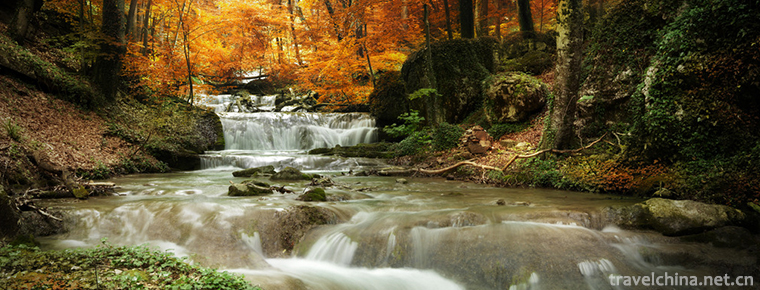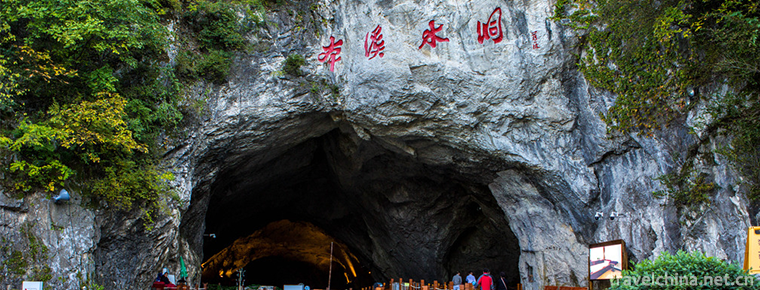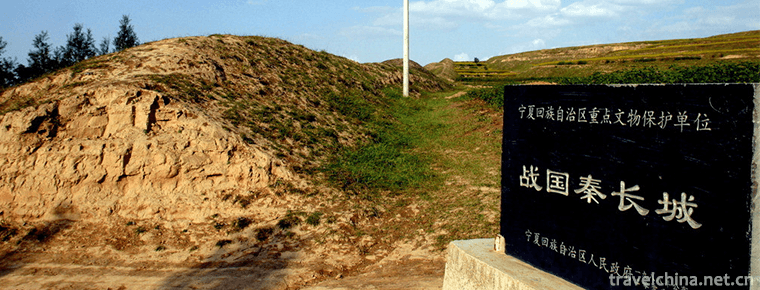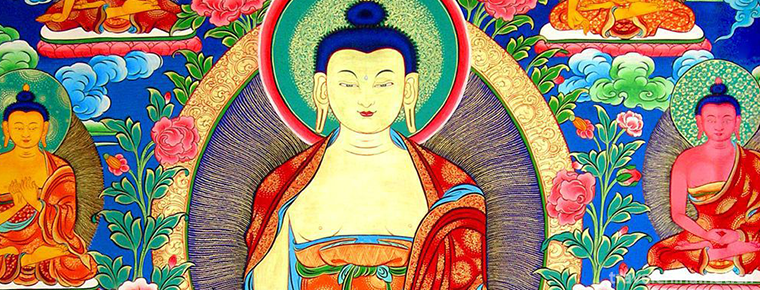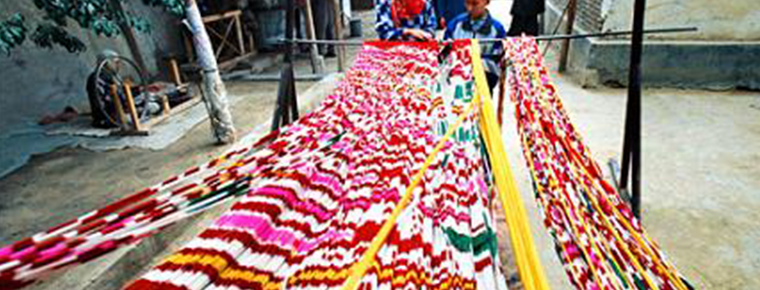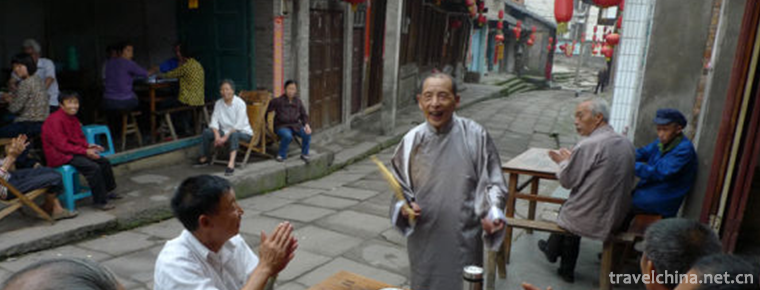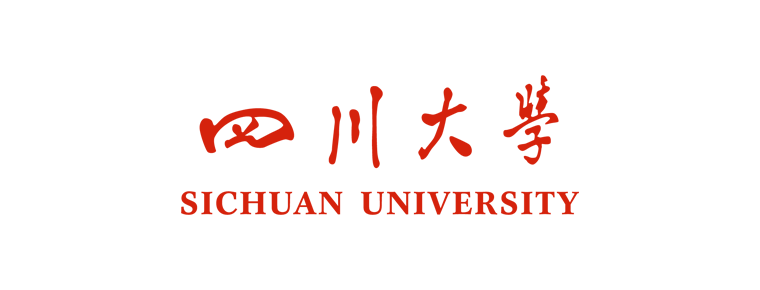Zhijin cave
Zhijin cave
Zhijin Cave, located in Guanzhai Miao Township, Zhijin County, Guizhou Province, is located on the South Bank of Liuchong River, one of the sources of Wujiang River, 120 kilometers away from Guiyang, the provincial capital. Geographical coordinates are 26 38 31 26 52 35 N, 105 44 42 106 11 38. The Park covers an area of 170 km2 and an elevation of 900 - 1670 M.
In April 1980, the cave was discovered by a tourist resources survey team organized by the Zhijin County People's Government. Zhijin Cave is now a National Geopark, National Natural Heritage, National AAAA Tourist Scenic Area and World Geopark. Zhijin Cave has been rated as the top six most beautiful tourist caves in China and the top ten most beautiful tourist attractions in China.
National Geographic Research Departments such as National Geography of China under the jurisdiction of the Chinese Academy of Sciences have also given high praise, calling it the "King of China's Caves", "Huangshan returns without looking at the mountains, and there is no cave outside Zhijin Cave!" On September 19, 2015 (17 p.m. Japanese time), Zhijindong National Geopark was officially approved by UNESCO to join the World Geopark. It fills the gap that Guizhou has no world geological park. It became the first World Geological Park in Guizhou Province.
Historical evolution
In April 1980, the cave was discovered by a tourist resources survey team organized by the Zhijin County People's Government.
In 1988, it was awarded the title of "National Scenic Spot".
In 1991, it was selected by the National Tourism Administration as one of the 40 best tourist attractions in China.
In 1994, Zhijin Cave was the only representative of Asia to join the International Cave Tourism Association.
In January 2004, Zhijindong successfully declared and obtained the qualification of National Geopark.
On October 23, 2005, China topped the list of "China's Most Beautiful Tourism Caves" in the National Geographic "Beauty China" contest.
On January 8, 2006, Zhijindong National Geopark officially opened its monument.
In 2006, it was approved as China's National Natural heritage.
In 2008, it was approved as a national AAAA tourist attraction.
In September 2013, it was named one of the most American National Geoparks in China.
On January 15, 2014, China was awarded the candidacy to declare the World Geopark to UNESCO in 2015.
On September 19, 2015 (17 p.m. Japanese time), Zhijindong National Geopark was officially approved by UNESCO to join the World Geopark. It fills the gap that Guizhou has no world geological park. It became the first World Geological Park in Guizhou Province.
geographical environment
geographical position
Zhijin Cave, formerly known as Daji Cave, is located in Guanzhai Township, 23 kilometers northeast of Zhijin County, Guizhou Province, 120 kilometers away from Guiyang. Located in Bijie City, western Guizhou Province, most of the two counties across Zhijin and Qianxi are located in Zhijin County, 22 kilometers away from Zhijin County and 78 kilometers away from Qianxi County. Geographical coordinates range from 105 degrees 44'42 to 106 degrees 11'38 in the East and 26 degrees 38'31 to 26 degrees 52'35 in the north. The total area of the park is 170 square kilometers and the elevation is 900-1670 meters.
topographic features
Zhijin Cave is a multi-level and multi-type karst cave with a length of 6.6 kilometers and a width of 175 meters. The relative height difference is more than 150 meters. The total volume of the cave is 5 million cubic meters. The space is wide. There are three layers of upper, middle and lower layers. There are more than 40 deposits of stalagmites, pillars, stalagmites and bell flags in the cave, which form various karst landscapes. The tunnels are crisscrossed and the rocky peaks are scattered all over the place, with staggered running water, intermittent ponds and underground lakes. It is known as "karst gem" and "karst cave wonder". More than 40 kinds of karst deposits show some main types of karst caves. Zhijin cave is the essence of the scenic spot. It is a treasure house of huge size and peculiar shape in China. The depth of the cave is more than 10 kilometers. The width of the two walls is 173 meters and the maximum is 50 meters.
Zhijin Cave has been rated as the top six most beautiful tourist caves in China, and the top ten most beautiful strange caves in China, the most beautiful tourist attraction in China. National Geographic Research Departments such as National Geography of China under the jurisdiction of the Chinese Academy of Sciences have also given high praise, calling it the "King of China's Karst Caves", "Huangshan returns without looking at the mountains, and there is no cave outside Zhijin Cave"
Zhijin Cave is a large-scale, multiform and colorful cave, which is a prominent feature of the landscape of Zhijin Cave. The length of the cave is 12.1 kilometers and the relative height difference is 150 kilometers.
It has a width of 175 meters and a height of 60 meters to 100 meters. It covers a total area of more than 700,000 square meters. The average height of the deposits is about 40 meters and the highest is 70 meters. It covers more than 40 types of deposits in caves all over the world. It shows a dry climate and infinite scenery.
The magnificent "underground tower forest", the vague "iron mountain mist", the endless "silent mountains", the huge "hundred-foot curtain" and the deep.
Austrian "Guanghan Palace", mysterious "Lingxiao Dian", bold and upright "Yinyushu", delicate "curly stone", lifelike "Puxian riding elephant" and "deep love between mother-in-law and daughter-in-law"... Big picture scrolls and small scenes are shocking and amazing. According to the experts'investigation and comparison, the size, shape, category and landscape effect of Zhijin Cave are more magnificent, complete and beautiful than those of France and Yugoslavia, which are world-renowned caves.
The magnificent karst landscapes set off the Zhijin Cave with great momentum. In the area of about 5 square kilometers around Zhijin Cave, there are typical ring basins, natural bridges, skylight valleys, volcanic currents and canyons, which have high ornamental value and scientific research value. They are called "the world's first-class karst landscape" by William, an internationally renowned geomorphologist.
Causes of formation
Zhijin Cave is a subtropical humid monsoon climate region, located in the southern bank of the Jianghe Gorge in the upper reaches of Wujiang River, China. It is a high-level dry cave formed by neotectonic movement, uplift of blocks and cutting of dissolution rock mass under rivers. The geological formation lasted for about 500,000 years, from the late Early Pleistocene to the Middle-Late Pleistocene. Because of the complex and changeable geological structure, the cave has the characteristics of multi-pattern, multi-stage and multi-type development.
Main attractions
Survey of scenic spots
According to different landscape and characteristics, Zhijin Cave is divided into welcoming hall, lecture hall, Xuexiang Palace, Shouxing Palace, Guanghan Palace, Lingxiao Palace, 100,000 mountains, Talin Cave, Golden Rat Palace, Wangshan Lake, Waterfront Zeguo and other scenic spots, with 47 halls and more than 150 scenic spots. The largest cave has an area of more than 30,000 square meters. Inside the cave, there are all kinds of strange-shaped pillars, mantles, stone flowers and so on, which make up a unique landscape, such as entering the fantastic world of mythology.
Travel Tips
1. People walk slowly in the cave, but they still feel overwhelmed. The 6.6 kilometer ornamental journey takes about two hours.
。
2. It is not forbidden to take photos in the cave, but we should pay attention to avoid touching the roadside sedimentary rocks in order to get a good view. They are very fragile.
3. As tourists bring carbon dioxide into the cave, many beautiful and transparent stalactites have turned yellow, so please pay more attention not to smoke.
4. The air in the cave is cooler and the humidity is heavier. Tourists should wear long clothes and trousers to keep warm. The road is slippery. Be careful about wrestling.
5. Tourist teams can be met in caves, but they can be mixed in. Otherwise, one person prone to fear wandering in huge caves.
Transport line
Before 2012, Zhijin Cave had been "raised in a boudoir's ignorance", the main reason is the serious traffic jam, facing the eighteen bends of the mountain road, many foreign visitors can not stand it, carsickness is serious, and have to give up the journey.
However, the Guizhou-Zhijin Expressway (Qianxi-Zhijin) opened in 2012 has changed this situation. And from January 26, 2013, Guiyang Railway Station will open a special train from Guiyang to Zhijin "Zhijin Cave", with K9475, K9476, K9477 and K9478, respectively. At that time, it will take only two and a half hours to arrive at Zhijindong Scenic Area of National Geopark from Guiyang. According to reports, the departure time of the train from Guiyang is 8:47 a.m. and 15:12 p.m. and the fastest arrival time is 2 hours and 38 minutes through Anshun. Visitors to Zhijin Cave can take a special train departing from Guiyang in the morning. After visiting the scenic spot of Zhijin Cave, they can return by night train at 18:29. After the special train was opened, the scenic spots of Guiyang, Anshun Huangguoshu and Zhijindong were closely linked and became the classic route for Guiyang citizens to visit on weekends 2 or 1. Travel to Zhijin Cave can also be from Anshun, about 100 kilometers, about two hours by car.
Surrounding attractions
Outside the cave are natural landscapes such as surface karst, canyons, streams, waterfalls and villages of Buyi, Miao and Yi nationalities. The whole scenic spot covers an area of 450 square kilometers. Besides Zhijin Cave scenic spot, there are Zhijin Ancient City, Naked River Canyon and Hongjiadu scenic spot. Zhijin Ancient City was built in 1382 AD, surrounded by mountains on three sides and water running through the city. There are 71 springs in the city, more than 50 temples in nunneries and temples, and there are peculiar temples of wealth and gods and Baoan temples combined with caves and temples.












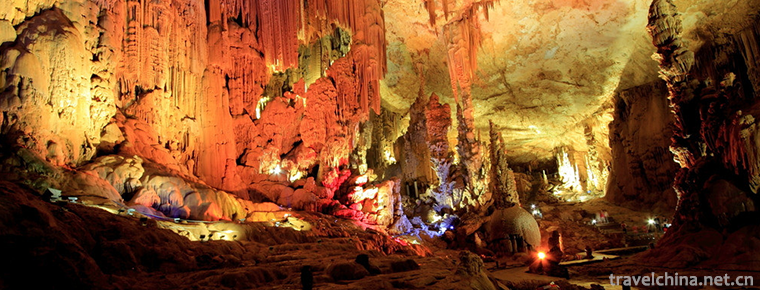
-
Mountain Yuntai
Yuntai Mountain is a world geological park, national AAAAA-class tourist attraction and national scenic spot, located at the junction of Xiuwu County in Jiaozuo City, Henan Province.
Views: 145 Time 2018-10-29 -
Benxi Water Tunnel Scenic Area
Benxi Water Cave, National AAAAA Class Tourist Scenic Spot, National Key Scenic Spot and Asian Member Unit of International Tourist Cave Association.
Views: 191 Time 2018-12-04 -
The Great Wall Site of Qin Dynasty in Ningxia
The site of the Great Wall of King Zhao of Qin Dynasty was built in the twenty-fifth year of King Zhaoxiang of Qin Dynasty (272 BC). It was built to defend against the invasion of the Huns in the sout.
Views: 120 Time 2019-02-07 -
Ewenki costumes
The Ewenki people belong to the Tungusic race, and their clothing materials are mainly animal skins, as do the Tungusic people such as Manchuria and Xibo..
Views: 265 Time 2019-04-28 -
regong art
Regong art is an important part of Tibetan Buddhist art in China and a school with wide influence. It originated in Longwu River Basin in Tongren County, Huangnan Tibetan Autonomous Prefecture, Qingha.
Views: 355 Time 2019-06-11 -
Weaving and Dyeing Techniques of Adlais Silk
Adlais silk is produced in Jiya Township, Luopu County, located in the northwest of Luopu County, on the East Bank of the middle and lower reaches of the Yulong Kashi River. Ancient Hetian was the tra.
Views: 425 Time 2019-07-06 -
Folk Stories of Zouma Town
Folk stories of Zouma Town, Jiulongpo District, Chongqing City, are spread in Zouma Town. The exact age of its origin can not be verified. However, the Zouma Town was established in the late Ming and .
Views: 495 Time 2019-08-16 -
Sichuan University
Sichuan University is a national key university directly under the Ministry of Education, and a high-level research-oriented comprehensive university with national layout and key construction in Weste.
Views: 110 Time 2019-08-30 -
Beijing Police College
Beijing Police College is a full-time general undergraduate college approved by the Ministry of Education, sponsored by the Beijing Municipal People's Government, administered by the Beijing Public Se.
Views: 114 Time 2019-09-06 -
Hunter peak
Hunter peak is located in the Shuangqiao gully of Siguniang mountain, with an altitude of 5360 meters and adjacent to Jianzi mountain. The two peaks stand shoulder to shoulder, with a huge stone pillar in the middle.
Views: 231 Time 2020-11-05 -
Social undertakings in Mianyang
In 2018, Mianyang City applied for provincial science and technology projects and implemented 132 million yuan of free funds. There are 272 high-tech enterprises in the city, including 5 national engineering technology research centers and 19 provincial.
Views: 130 Time 2020-12-14 -
Meishan landform
Meishan city is high in the West and low in the East, high in the South and low in the north. The territory of mountains and horizontal, hilly ups and downs, dense river network. The central part is the broad Minjiang River valley plain. Guangdongdong mountain in Hongya.
Views: 318 Time 2020-12-18
